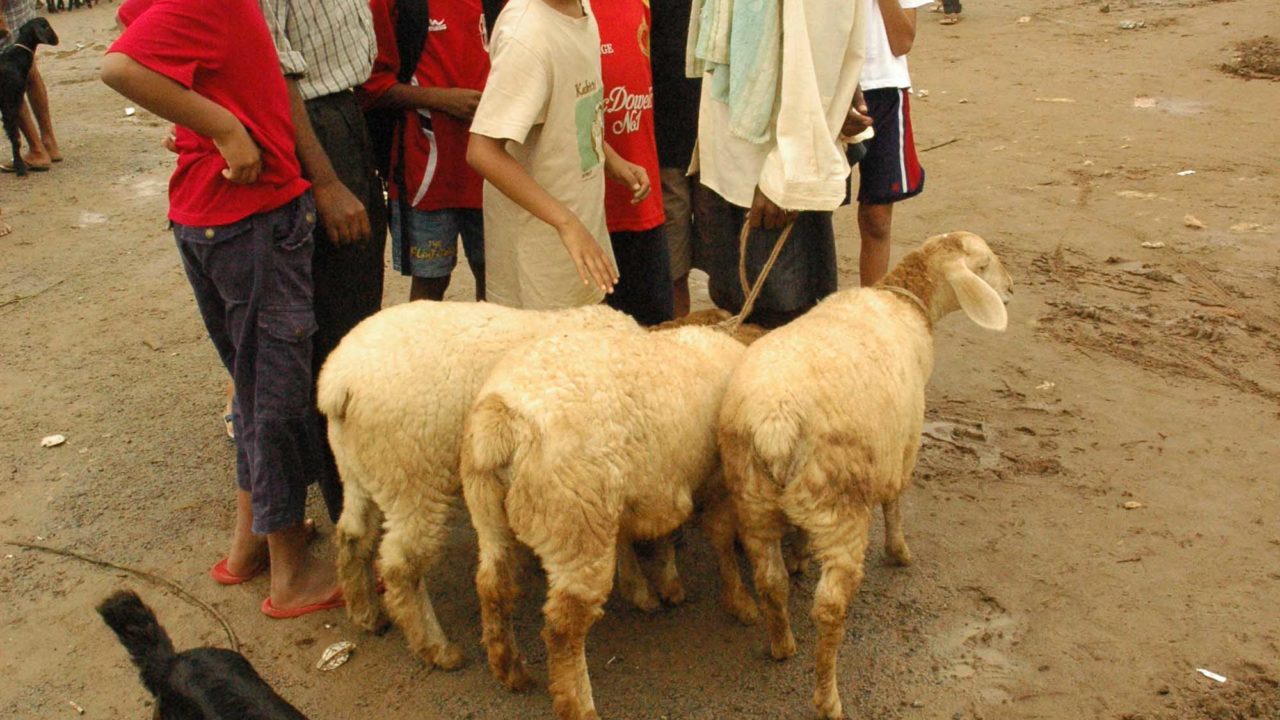On a cool billowy Friday morning, the Tamalas, our ten year-olds, found themselves in the midst of goats and sheep and vans and people, dodging mud puddles at the Weekly Animal Bazaar.
This was the final trip as part of their Magadi History Project. The earlier trips had been to successively larger settlements, starting with Varadenhalli, where CFL is located and then to Motaganahalli, a village of a thousand homes, ten minutes by road. The visits had given the children a chance to look and listen and to gain a sense of lives around us. Back at school, they recounted their time. They talked aloud about what they had seen and learned. They classified their observations into groups such as homes, water, animals, work. They asked questions about each group, they compared aspects of the two villages. They asked themselves about change in this area in the last fifty years. They wrote down their descriptions, comparisons and theories.
The Magadi Trip was dramatic. It was Friday Market Day. The streets were full. Vegetable sellers sitting on the roadside, goat muzzles on the pavement, chickens and ducks packed into a tight coop. Potsellers, flower sellers. And the Friday Goat Market, on the vast premises of Kempegowda’s Fort grounds. After being in this busy midst, we spent a quiet half an hour at the peaceful Someshwara temple. We have been here over the years, and this time, it was heartening to see that it is now under the care of the Karnataka Archaeology Department.
The children came away both with very graphic observations and descriptions as well as with questions. Here is a sampling:
You don’t have to grow lots of vegetables to sell them. You can set up a small vegetable stall on a plastic sheet and sell what you have.
How can you tell how deep a step well is? Oh, you can just look at it and follow the slope of the steps all the way down.
Why do people sell goats? And what do people do with the goats they buy? They need the money. But people who buy goats also need the money. They can sell the goats again, they can sell the milk. They can wait for more baby goats and sell those.
The artists who carved the sculptures at the Someshwara temple were both very skilled and very patient.
Apart from being in the midst of goats and flowers and earthen pots, the children saw that even a very small farmer, who may grow vegetables behind her house, can set up a small shop on the pavement. They found out, to their surprise, that the vegetables we eat and school come from these very Magadi angadis, big and small.
~ Diba
